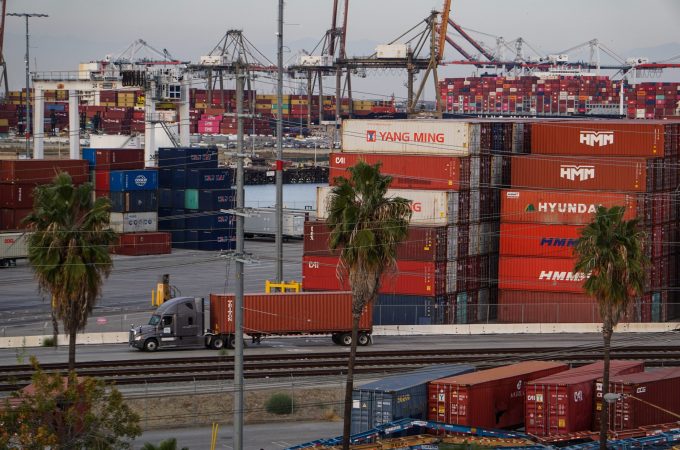Soft airfreight market casts doubt over H2 peak
Late today, as the US celebrates Independence Day, the ending of de minimis exemptions for ...

Because 76% of the US population lives closer to the east, it is logical that more cargo will go there, according to industry experts.
It means ocean freight will continue to migrate to US east coast ports from Pacific gateways, Blue Alpha Capital founder John McCown ...


Comment on this article